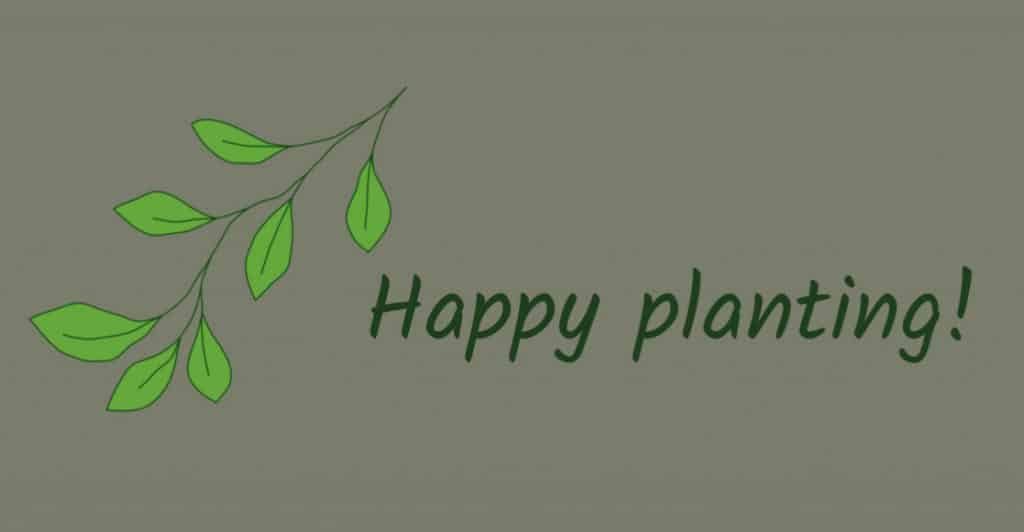With the year finally beginning to wane, we are looking forward to the changing of the leaves and prepping for winter. However, before we put our tools away for good, we need to assess and evaluate our current gardens. Then we can decided which perennials and grasses would be beneficial for autumn color.
Pollinator Plants for Autumn
Autumn brings along many changes in the air, weather, and animals. Many insects are about, gathering nectar and pollen before the weather turns cold. Monarchs and other butterflies begin their migrations southward and need fuel for the journey. We try to plant as many of these plants as possible to make our gardens a welcoming place.
Goldenrod
The goldenrod (Solidago), is often mistakenly thought to cause hay fever. However, it is not the goldenrod, but our several species of ragweeds (Ambrosia) that cause so many allergy problems. Goldenrod is perhaps the showiest of our fall blooming, yellow flowers. In Kansas alone, there are 14 recognized species. In the United States, there are 100 species and identified hybrids of goldenrod.
There are a handful of favored cultivars and a few species that I have found to be nice in the landscape. Add the following to gain that bright yellow color to the landscape.
Rough Goldenrod ‘Fireworks’
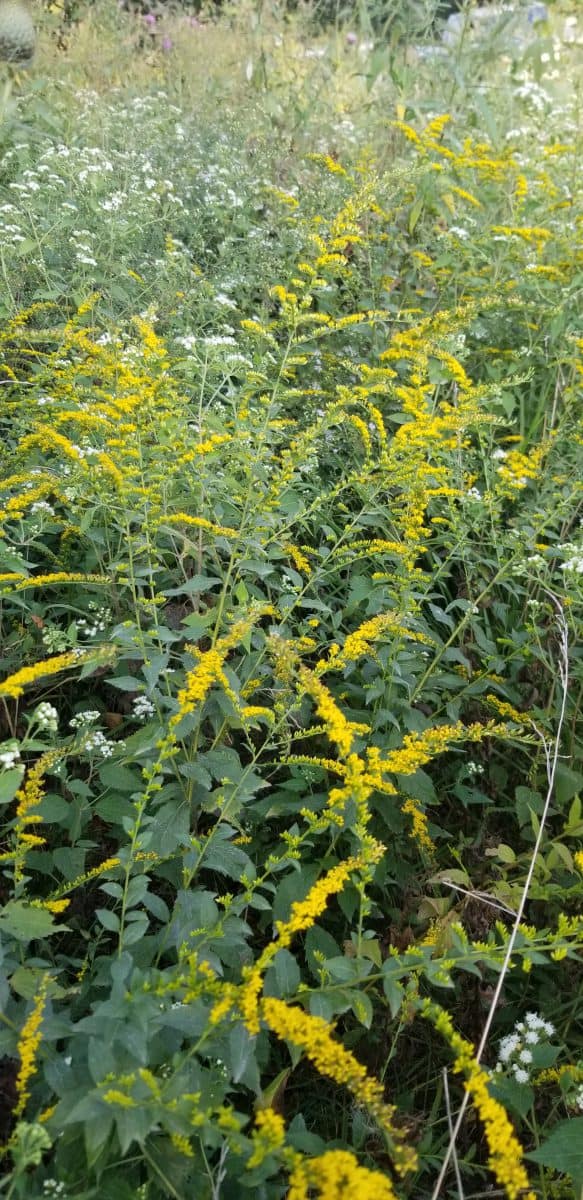
‘Fireworks‘ is a cultivar of rough goldenrod, native to the Eastern United States. This clump-forming perennial really does look like yellow fireworks when in bloom. Pair it with white-blooming hairy aster (Symphyotrichum pilosum) or switchgrass ‘Shenandoah’.
‘Fireworks’ grows best in full sun, and is drought tolerant. It grows 3 to 4 feet tall and blooms in mid-September.
Elmleaf Goldenrod
If you need a goldenrod for a part shade location, plant elmleaf. Here in Northeast Kansas, it grows wild in woodland edges, mostly in part shade. It is quite showy and would pair well with fall blooming anemones, hostas, or ligularia. It grows 2 to 4 feet tall.
Rigid Goldenrod
Depending on your soil and site conditions, this goldenrod may grow anywhere from 2 to 10 feet tall. A clump forming perennial, it spreads easily by seed. In wetter climates and soils, it grows large, with soft, gray-green leaves. In western, arid climates, it is only a couple feet tall.

Asters
There are 87 species of asters (Symphyotrichum) in the United States, 22 in Kansas alone. For plant enthusiasts like me, that is a lot of learning to do! And landscapers and nurserymen have created many cultivars of our favorite asters.
Aromatic Aster
This is possibly the last thing to bloom in my garden in autumn. It has no trouble blooming through frosts and will keep on blooming until a hard freeze hits it.
NOTE: A hard freeze is when the night-time temperature stays below 30 degrees F for at least 4 hours.
I really like ‘Raydon’s Favorite’ aromatic aster, from Bluebird Nursery in Nebraska, but any aromatic aster will do wonders in the garden. They attract a huge number of pollinators, late in the season. Aromatic aster grows 2 to 4 feet tall and wide.
New England Aster

Growing across much of the Eastern half of the United States, the New England Aster (S. novae-angliae), grows 4 to 8 feet tall in mounding clumps. There are several cultivars and I have seen many color variations from purple to pink and mauve. It begins to bloom in early September.
Sedum ‘Autumn Fire’ and ‘Autumn Joy’
These 2 selections of Hylotelphium spectabile, also known as tall sedum, are garden staples. Nearly every garden I visit has at least one of these growing in it, and most have multiple. Tall sedums bloom from late August into October and are visited by a wide range of insects.
They grow 2 to 3 feet tall and wide in a large clump. Tall sedums are easy to divide in fall or spring, and grow quickly in well-drained soils. They are drought and heat tolerant. While they do grow in part shade, they prefer full sun.

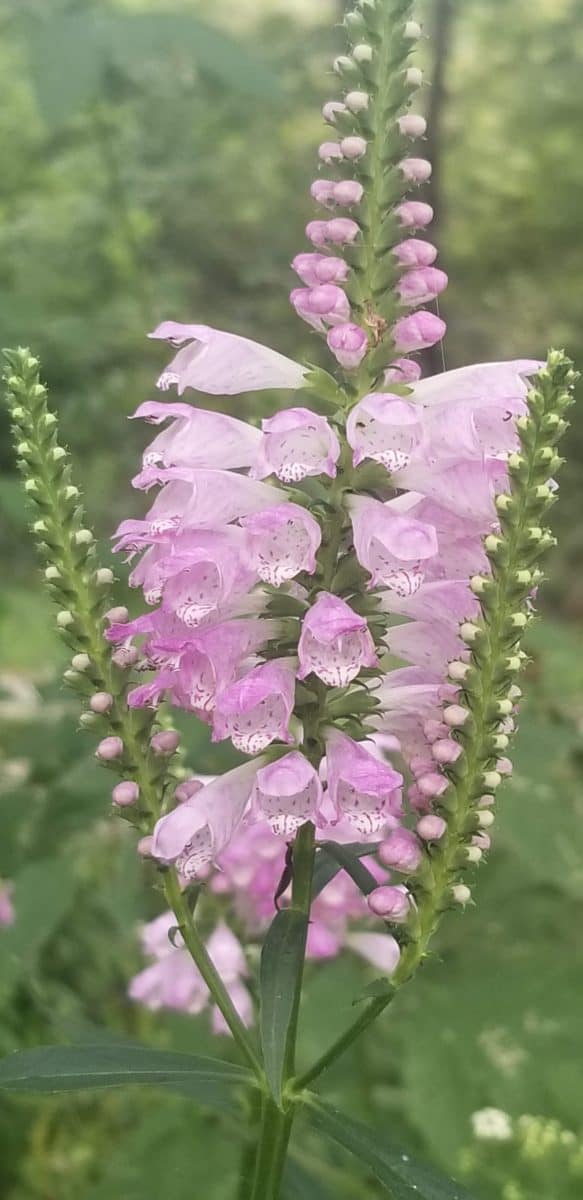
Obedient Plant
This North American native is a bee magnet and will fit into your garden easily. I first added obedient plant (Physostegia virginiana) to my garden when a friend gave me a start. It does alright in my shady border, but prefers a full sun location. Obedient plant thrives in a moist garden area, such as a bog garden or rain garden.
It grows 3 to 6 feet tall and spreads into a large clump via rhizomes. Obedient plant blooms from August to September, either white or pink.
Sunflowers
When most people think of sunflowers, they picture large yellow or red flowers, in huge fields. Well, those are annual sunflowers. I am talking about the many perennial sunflowers that grow across the country. There are about 60 species scattered throughout the United States.
Jerusalem Artichoke
These perennial sunflowers grow in large colonies and have an edible tuber, tasting like a bland potato. Yes, I have cooked them, and they are good with salt and butter! The flowers bloom from late August through October and are very pretty. It grows 4 to 9 feet tall, with large, heart-shaped leaves.
Willowleaf Sunflower ‘First Light’

I first tried this cultivar of willowleaf sunflower in 2019, after growing the huge species. Willowleaf sunflowers grow 6 to 20 feet tall and flop over if not grown with tall grasses and perennials to support them.
‘First Light’ grows 3 to 4 feet tall and wide and blooms late, about the same time as aromatic aster, from September through October. Pairing the two together would make a great combination.
Woodland Sunflower
There are 2 species that overlap in their range and may be called woodland sunflower. They are Helianthus hirsutus and divaricatus. Both grow 3 to 4 feet tall and spread by rhizomes along woodland edges, in part shade. These are good perennials for a shady border, with blue wood phlox in front and ligularia behind.
Perennials for Autumn Color

The following list of perennials will attract some pollinators, but are not considered pollinator favorites. I have these in my gardens and love the added colors they bring to fall.
Japanese Anemone
I saw my first fall anemones at the Kansas State University gardens when I started K-State in 2004. Since then, I have added them to my garden and love the pale pink blooms in September, lighting up my shade garden. They grow in full sun to part shade and grow 2 to 4 feet tall.
While mine spread slowly by rhizomes, there are newer cultivars that are clumping. They are drought tolerant and grow best in well-drained soils.
Chrysanthemums
Who can have a fall garden without mums? These have become the essential fall flower across the U.S., and in other parts of the world as well. I use them as true perennials, grouping them near permanent annual beds and containers, or adding them along a border mixed with blue wood phlox, coral bells, and mountain mint.
Mums come in a variety of colors and bloom times, but typically bloom from September through October, or until the first hard freeze. While most are double flowered, some look like daisies or asters.
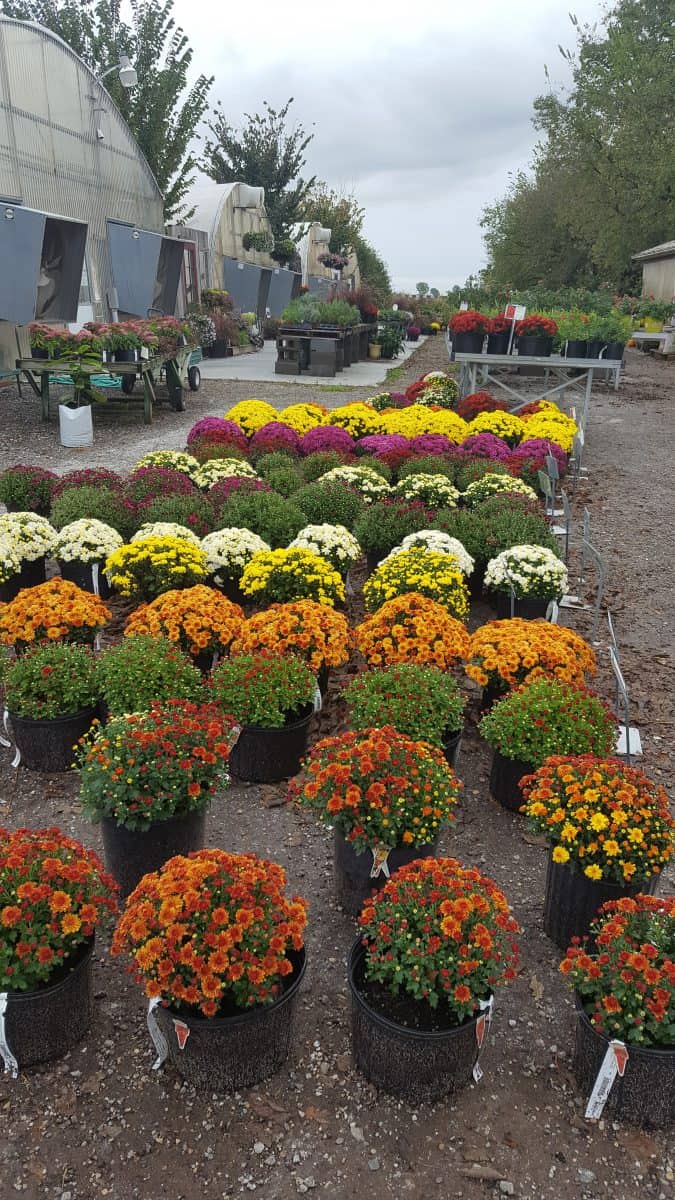
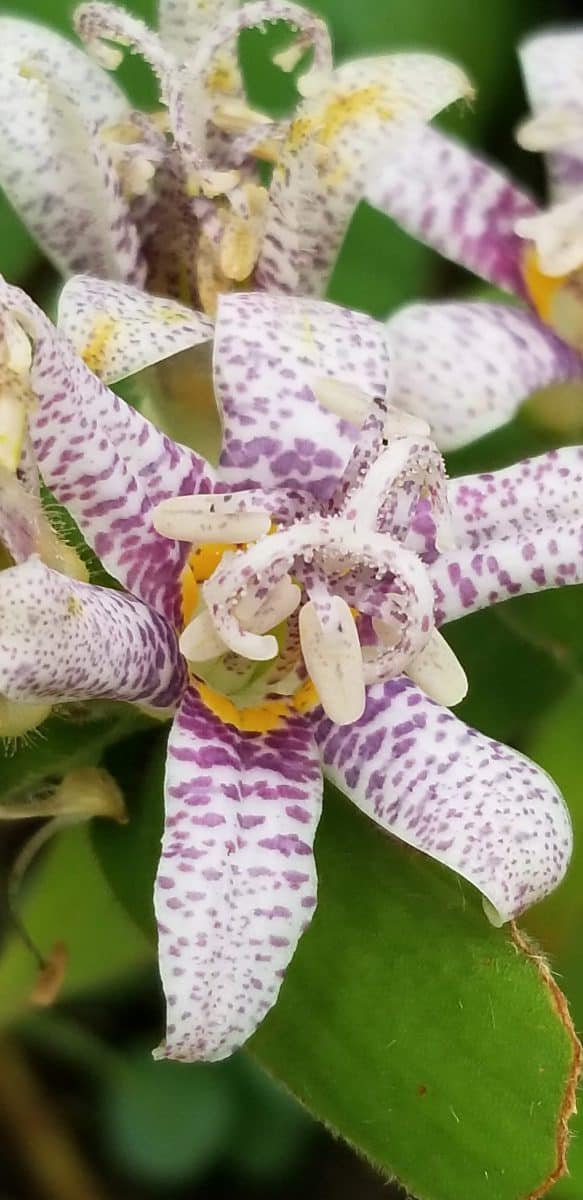
Toad Lily
These lilies are wonderful additions to the shade garden, for fall bloom when the hostas and coral bells have quit flowering and are starting to fade. These lilies grow 1 to 2 feet tall and spread slowly out in a clump. Pair them with hostas, ligularia, and ferns.
Grasses for the Autumn Garden
Grasses should always be considered when planting a garden, though many forget them. Not only can they be used to screen off an unwelcome sight (such as an AC unit), but they have great colors for the garden in autumn.
Big Bluestem
It may be too large for some gardens, but if it is mixed with other tall grasses and large perennials (Baptisia, Helianthus, Silphium), it will do very well. Cultivars like ‘Blackhawks’, ‘Indian Warrior’, and ‘Red October‘ have been selected for their autumn colors.
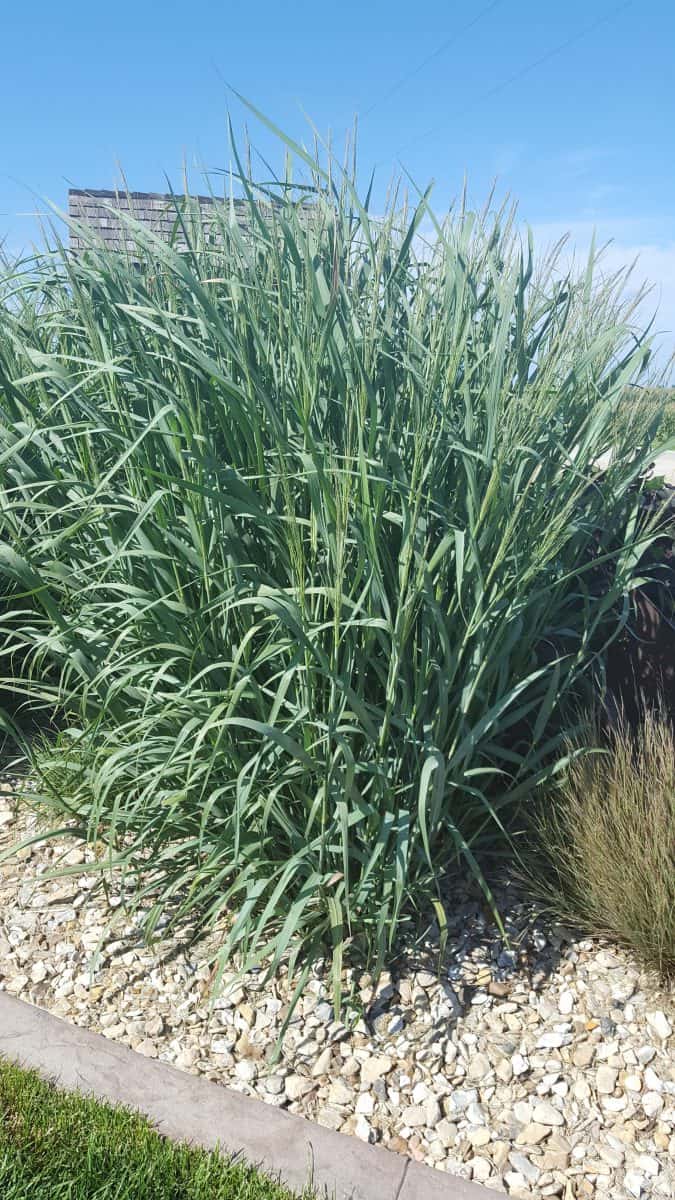
Big bluestem grows 6 to 9 feet tall including the seedheads, in a clumping form, about 3 feet across. They are very drought and heat tolerant, and are important to the Great Plains tallgrass prairie ecosystem.
Switchgrass
There are many dozens of cultivars of this native tall grass. It grows in moderately wet to dry soils, and is very heat and drought tolerant. Most varieties grow 4 to 10 feet tall. I have one variety, ‘Dallas Blues’ that regularly grows to 8 feet tall.
Cultivars I recommend include ‘Northwind‘, ‘Shenandoah‘, ‘Cheyenne Sky’, and ‘Heavy Metal’.
Indiangrass
If you are looking for a grass with steel-blue summer foliage and large, feather-like flowerheads in fall, get some Indiangrass for your garden. Though is reseeds easily, it can be planted in a meadow garden or prairie. It is another of the tallgrasses, growing 4 to 8 feet tall in 2 foot wide clumps. There are a few cultivars available.
Little Bluestem
There are perhaps more cultivars of little bluestem than any other non-turf grass, except maybe miscanthus. I love little bluestem and am happy to see cultivars that stand upright in the garden, instead of flopping over in the first big rain of fall.
‘Standing Ovation‘ is the first of these cultivars and I highly recommend it to those wanting to plant grasses in their garden. Pair it with aromatic aster, purple coneflower, and culver’s root.
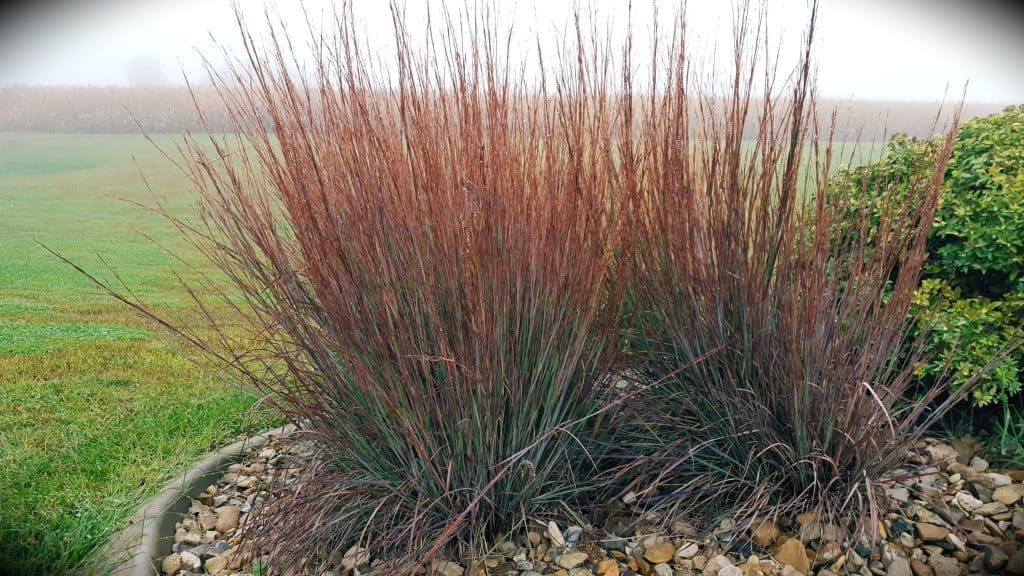
Conclusion
These are just some of the many plants available for the autumn garden, but hopefully, you will considered them first. They truly make up part of a beautiful garden, wherever they are planted.
